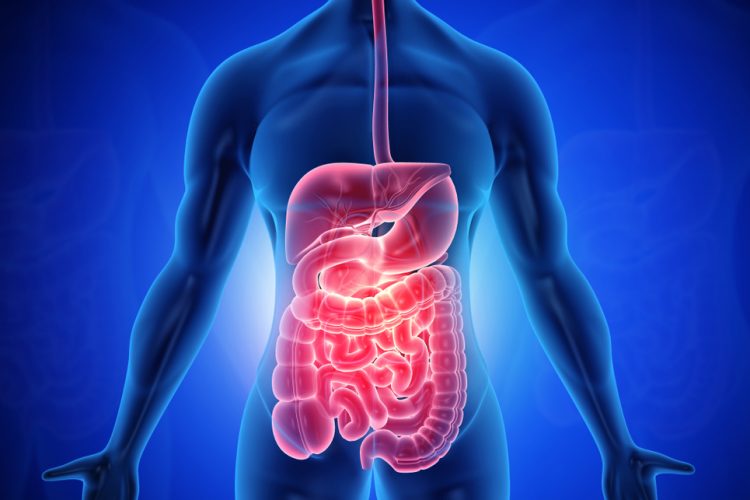Researchers identify potential drug to treat GIST tumours
Posted: 26 August 2021 | Anna Begley (Drug Target Review) | No comments yet
A potential drug to treat a subset of gastrointestinal stroma tumours (GIST) have been found to tackle intestinal tract cancer.


Gastrointestinal stroma tumours (GIST) are rare cancers that start in specialised nerve cells found in the digestive system. Frustratingly, they are problematic to detect and treat. However, a team at the University of California (UC) San Diego, US, have now developed methods to help predict how GIST responds to therapies, possibly leading to new treatments.
GIST with mutations of succinate dehydrogenase (mSDH) are relatively rare, but unlike other tumours that occur sporadically, mSDH GIST patients are typically adolescents and young adults. The tumours often metastasise and they tend to be resistant to standard of care medications, such as tyrosine kinase inhibitors, which suppress enzyme activity. Additionally, there are no widely applicable human models for any SDH-mutant tumours, including GIST, which has limited molecular understanding and drug development.
The team therefore set out to identify molecular and metabolic characteristics of patient-derived mSDH GIST and confirmed that the models reflected known hallmarks of parent tumours with loss of function in SDH protein complex.
The researchers first looked at the genomic profile of these tumours. They analysed 2,418 patients with primary gastric GIST, both with mutations of the gene that produces the enzyme receptor tyrosine kinase (KIT) and those without the KIT mutation. In addition, they looked at data from an international cohort of 236 patients.
The team found that gastric GIST patients with non-KIT mutations, including SDH mutations, typically experienced tumours in the distal or lower region of the stomach while patients with KIT mutations overwhelmingly suffered tumours in the proximal or upper portion of the stomach.
“Knowing the genomic profile of a patient’s GIST is very important for guiding treatment, but the unfortunate reality is that most people do not get genetic testing and many are started on a one-size-fits-all treatment,” explained first author Dr Ashwyn Sharma. “In our study, we have shown that where a GIST originates from offers clues about what kind of genomic profile that tumour has and how it may respond to the treatments we offer. We have ultimately found that the anatomic location of a tumour can be a very straightforward, cost-effective way to tailor our therapies for our patients.”
The researchers then investigated potential drugs to treat intestinal cancer based on this genetic information. They found that the brain tumour drug temozolomide damaged DNA inside mSDH GIST cells and caused apoptosis or programmed cell death. Moving to SDH-mutant GIST patients, they reported that those treated with temozolomide demonstrated a 40 percent response rate and a 100 percent disease control rate, suggesting the drug may be a promising therapy for patients with mSDH GIST.
“Limited availability of patient-derived SDH-deficient GIST models has impeded our in-depth understanding of the disease and drug screening,” said co-first author Dr Shruti Bhargava. “Our study has helped in successfully establishing patient-derived mSDH GIST cells which can recapitulate key molecular characteristics of the parent tumours… Another challenge in the field is the limited therapeutic options for these patients. We demonstrate that temozolomide is a promising therapy for SDH-deficient GIST patients. We are currently using these patient-derived models to better understand the disease and for finding other therapeutic options for SDH-deficient GIST patients.”
The study was published in two separate papers, both in Clinical Cancer Research.
Related topics
DNA, Drug repurposing, Drug Targets, Genetic analysis, Genomics, Oncology, Personalised Medicine
Related conditions
intestinal tract cancer
Related organisations
University of California San Diego
Related people
Ashwyn Sharma, Dr Shruti Bhargava


